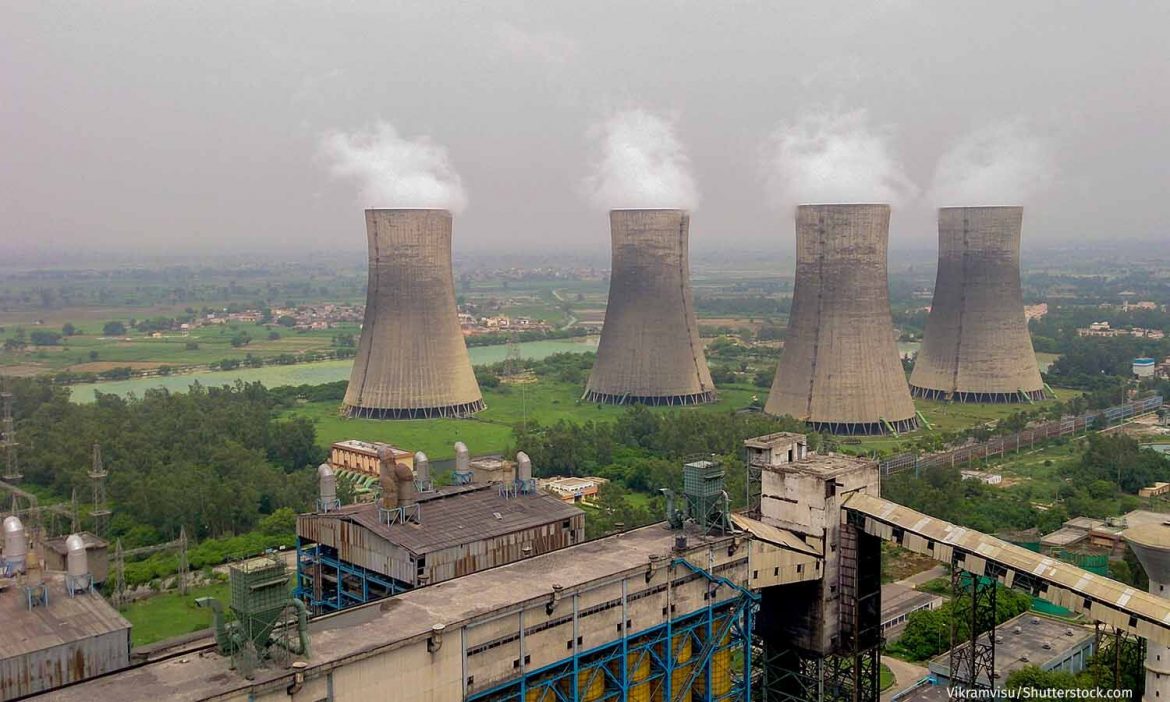Analysis has found that China is off track on all of its core 2025 climate targets, despite the fact that clean energy is now the biggest driver of the country’s economic growth.
After years of extraordinarily rapid growth, China is now grappling with a slowdown that is causing ripples internally and internationally. The government has supercharged the growth of the renewable energy industry but it has simultaneously poured stimulus funds into construction and manufacturing, and continues to approve coal power.
Available data shows that China’s total energy consumption increased by 5.7% in 2023, in the first moment since 2005 that demand for energy grew faster than its GDP. China’s economy grew by 5.2% last year, a rate that would be rapid for most countries but is slow in comparison with previous rates of growth.
But carbon dioxide emissions have continued to grow, even as economic growth has slowed due to the fact that China’s economic growth during and after the Covid-19 pandemic has been highly energy intensive. Between 2021 and 2023, CO2 emissions grew at an average of 3.8% a year, up from 0.9% a year between 2016 and 2020. GDP growth slowed slightly over the same period.
The findings were published in an analysis from Carbon Brief conducted by Lauri Myllyvirta, a lead analyst at the Centre for Research on Energy and Clean Air (CREA).
Read also: UK quits treaty that allows fossil fuel firms sue governments over climate policies
China’s climate pledges-under the Paris agreement- require a number of targets to be met by 2025; these include increasing the share of non-fossil energy sources to 20% and reducing the carbon intensity of the economy by 18%. Carbon intensity refers to how many grams of CO2 are released to produce a kilowatt hour of electricity.
However, Myllyvirta’s analysis found that China was “way off track” on many of these targets, primarily because of the carbon intensity of recent economic growth. CO2 emissions will have to fall by between 4% and 6% to meet the government’s 2025 target, Myllyvirta predicts.
Part of the problem stems from the fact that during the Covid-19 pandemic, the government supported the economy by injecting stimulus measures into the construction and manufacturing sector, “shifting the pattern of growth into a more carbon-intensive direction”, said Myllyvirta. At the same time, many other countries targeted their stimulus measures towards households, driving up demand for consumer goods, resulting in an export boom from China.
It is not impossible to do, said Myllyvirta: “Optimistically, these distortions to the economic structure before and during zero-Covid could be reversed, and that combined with the clean energy drive could serve to bring down emissions rapidly.”
Story was adapted from the Guardian.
